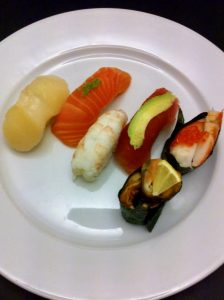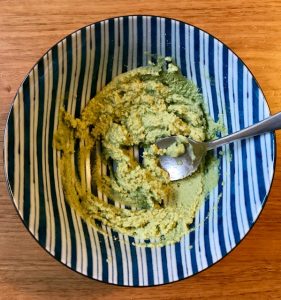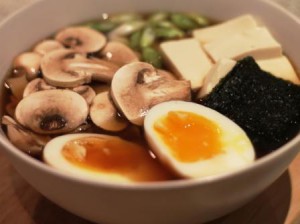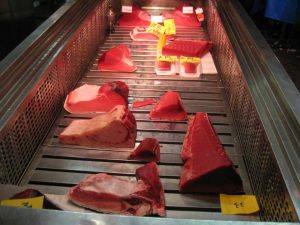 Sushi is a nice eating especially in the summer.
Sushi is a nice eating especially in the summer.
It is healthy and nutritious and it’s not very heavy in your stomach. In the summer, you should pay extra attention to how to transport sushi home. Sushi should not stay very long in a warm paper bag before the temperature raise and shelf life will be shorter.
The best way to transport take-away sushi during these hot summer days is to bring a freezer to the restaurant. In the restaurant you should make sure that the sushi box is placed on the freezer and you are ready to transport the food without compromising its durability.
Read more about Sushi course for beginners
_
Zoë has held sushi courses and cooking classes for A. P. Moller – Maersk, Hugo Boss Nordic, Novo Nordisk, Novartis, Velux, Gorrissen Federspiel, Beierholm revision, Elbek & Vejrup and many more.








